Was Eliza Cook really Nevada’s first woman doctor? Despite what you may have heard, the answer seems to be no. None other than legendary Nevada historian Guy Rocha debunked that common myth, pointing out that other female physicians were already in practice more than a decade before Eliza received her medical degree in 1884. ‘Doctress Hoffman,’ for example, advertised her medical skills for treating women and children on the Comstock as early as 1865.
But there’s also a bit of truth to the oft-repeated legend. It was Eliza Cook who would become the first woman licensed to practice medicine once Nevada finally began issuing medical licenses in 1899. And she certainly was a rarity! Less than four percent of physicians in Nevada were women between 1851 and 1900, according to medical historian Dr. Anton P. Sohn.
Here’s Dr. Cook’s fascinating story!
________________
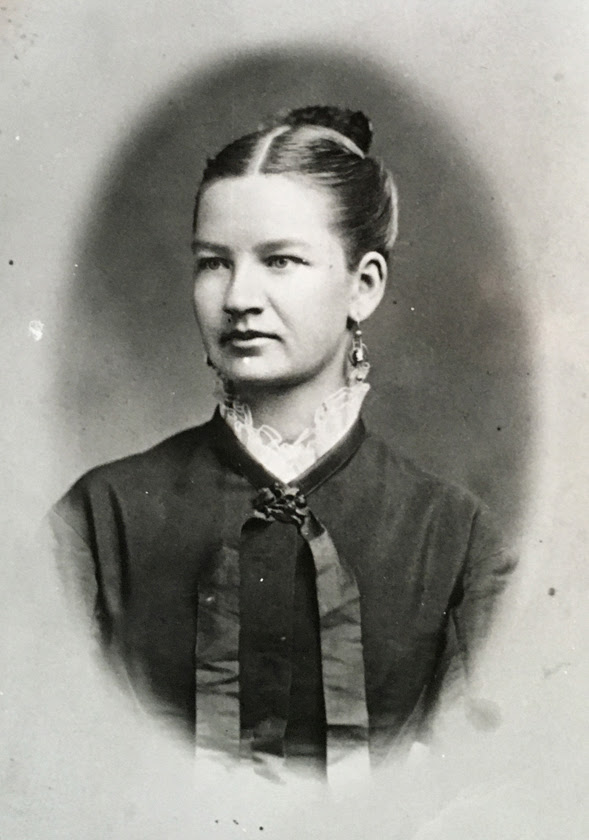
Eliza was born in 1856 in Salt Lake City, Utah to Mormon parents who had emigrated from England. Some say Eliza’s mother left her father over the issue of polygamy, whisking away Eliza and her sister to Idaho before moving on to Sheridan, NV in 1870. Others say the whole family moved to Sheridan, where an uncle was living, and that Eliza’s father passed away in 1870. However it happened, life was difficult for the Cook family without a male breadwinner in the household. Eliza’s mother, Margaretta, took in washing and sewing to help support the family, and her daughters worked for local families.
Largely home-educated, Eliza would later attribute her early interest in medicine to reading a home doctor book at the age of fourteen. She was hired during the winter of 1879-1880 by Dr. H.W. Smith of Genoa to care for his ill wife (who was suffering with post-partum infection) — employment that would shape her path in life. Dr. Smith recognized Eliza’s skill and compassion. He lent her medical books, and urged her to attend medical school.
In Spring 1882, Eliza left Genoa to attend Cooper Medical School in San Francisco (later Stanford University School of Medicine). This forward-thinking school had already graduated its first woman student in 1877, and Eliza became one of five women among a class of 16 students. She graduated in 1884.
Medical degree now in hand, Eliza returned home to Carson Valley to practice.
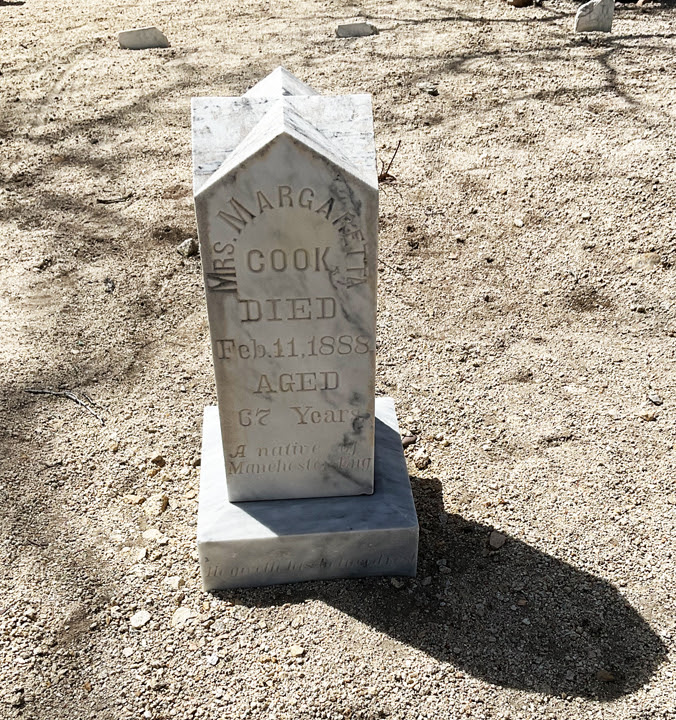
Sadly, however, it wasn’t long before Eliza lost her mother. Mrs. Margaretta Cook died in February, 1888 at the age of 67, and Eliza moved in with her married sister, Rebecca, and brother-in-law Hugh Park. In 1890-91, she went east for further medical training in Philadelphia, and attended an additional summer session in New York. After her return, Eliza briefly opened a medical office in Reno. But in the end, she found that didn’t suit her, and returned to Carson Valley.
Eliza became a well-known sight in the Valley, clad in a black dress and driving a familiar black doctor’s buggy. Though her skills were especially in demand for delivering babies, Eliza also set broken bones; treated typhoid fever and other infectious diseases; and performed surgeries, including once removing bits of steel from a blacksmith’s eye. She became friends with many of her patients. In 1908, for example, she wrote encouragingly to a Fredericksburg rancher’s wife that, since the “cause of your cramps is not removable,” she “hoped the stork would bring her a little daughter.”
A staunch supporter of both the temperance and women’s suffrage causes, Eliza served as state president of the Women’s Christian Temperance Union from 1896 to 1901, and helped found a Women’s Suffrage League in Douglas County in 1895.
Sometime about 1900, Eliza built a small two-story house built on a 40-acre parcel in Mottsville, to serve as both her home and her office. A small orchard of apples, pear-apple, cherry and mulberry trees surrounded the home, watered by an artesian spring from the nearby mountain. Eliza herself may have planted the fruit trees. She was fondly remembered for the tasty homemade applesauce and preserves she brought to friends, family, and patients.
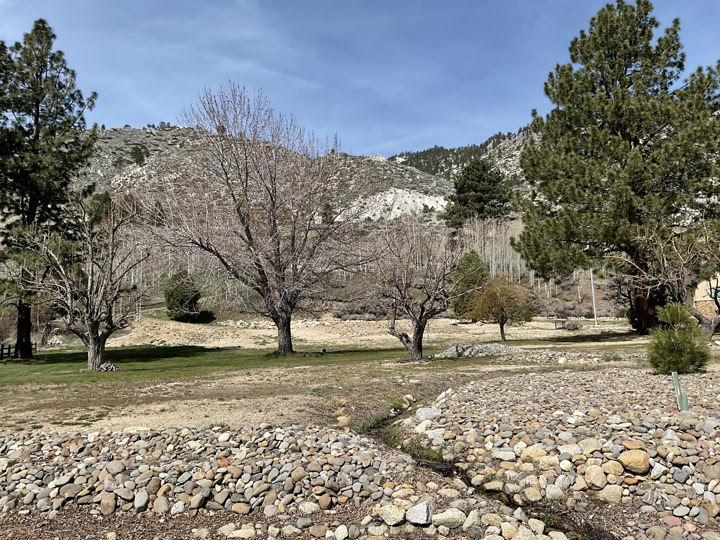
Eliza never married, later describing her aversion to the Biblical admonition that a husband should rule over his wife. Even as a child, such a concept was, “to my mind, most unjust,” she told an interviewer in 1941. Though she never had children of her own, Eliza was credited with helping bring hundreds of local children into the world over her nearly four decades in practice. These reportedly included the eight sons and one daughter of Joseph Park and his wife Janet. Some say the last child she helped to deliver was her own grand-niece, Luetta Dressler Bergevin.
Eliza finally retired from medical practice in 1921 and thereafter devoted herself to her extended family and her beloved gardening. Sometime in the 1940s, Dr. Cook presented grand-niece Luetta with her well-worn leather doctor’s bag. It was later donated to Douglas County Historical Society.
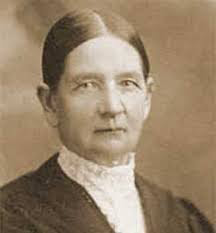
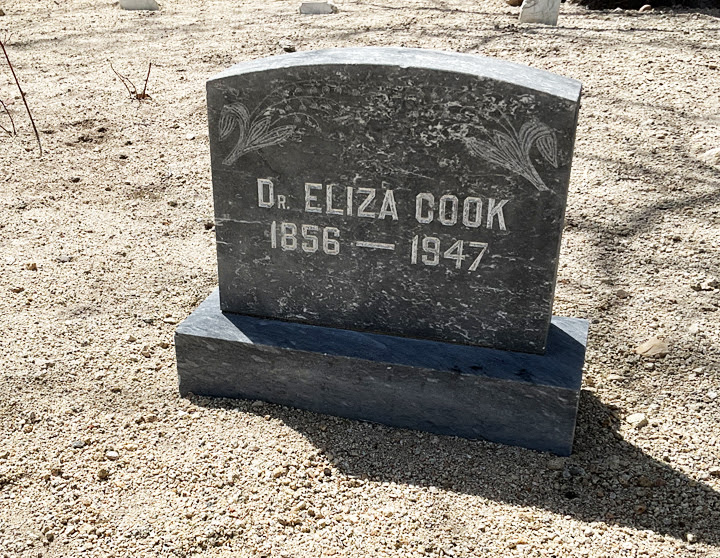
Eliza passed away at her home on October 2, 1947 at the age of 91. She is buried in the Mottsville Cemetery next to her mother, and not far from the home and orchard she loved so much.
Eliza’s charming Victorian cottage remained in its original location until about 2002, when the Taylor Creek subdivision was developed. The house was saved and moved to 1456 Foothill Road, where it has found new life as an antique store. Dr. Cook’s diploma from Cooper Medical School still hangs inside.
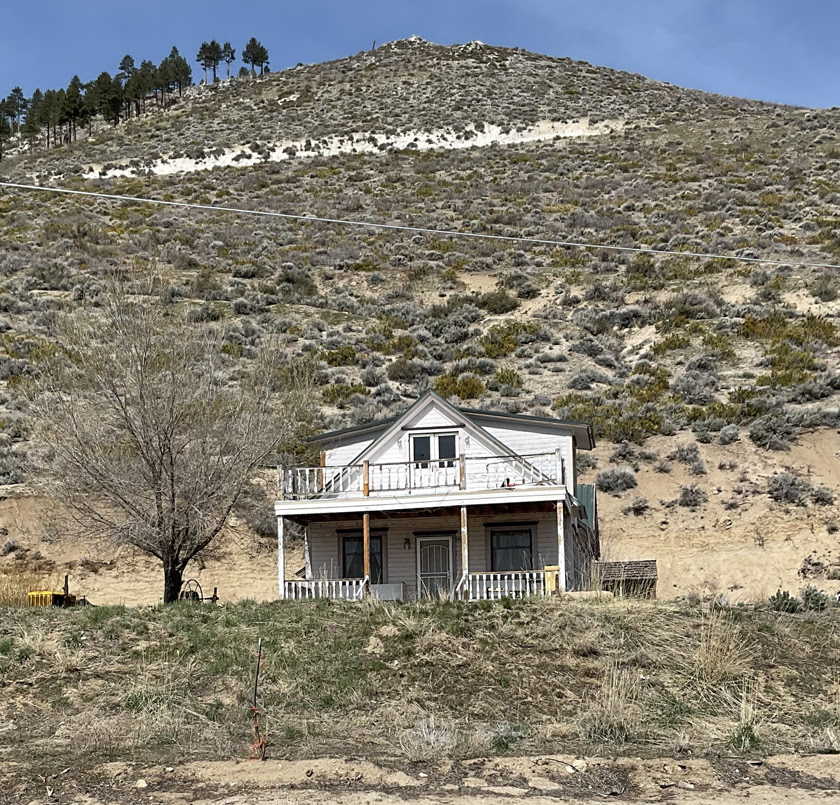
The house may no longer be there, but the orchard that once surrounded Dr. Cook’s original homesite is still thriving. The current owners continue to enjoy apples, pear-apples, cherries, and mulberries from trees that may have been planted by Eliza Cook’s own hands. And we’re pleased to report that the owners have continued Dr. Cook’s happy tradition of making applesauce and pear-apple sauce as a special treat for friends and neighbors.
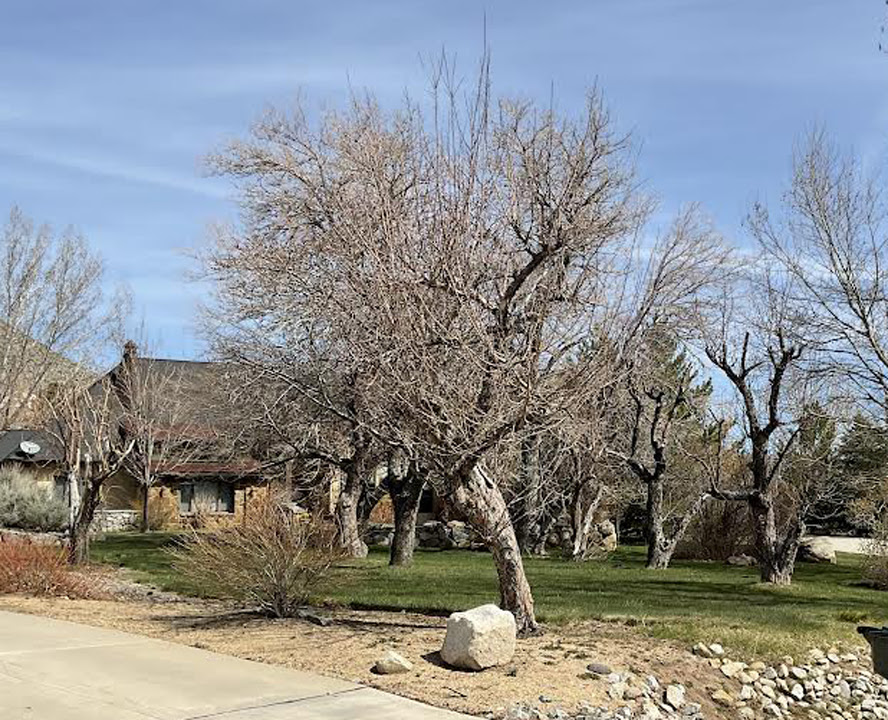
_________________
